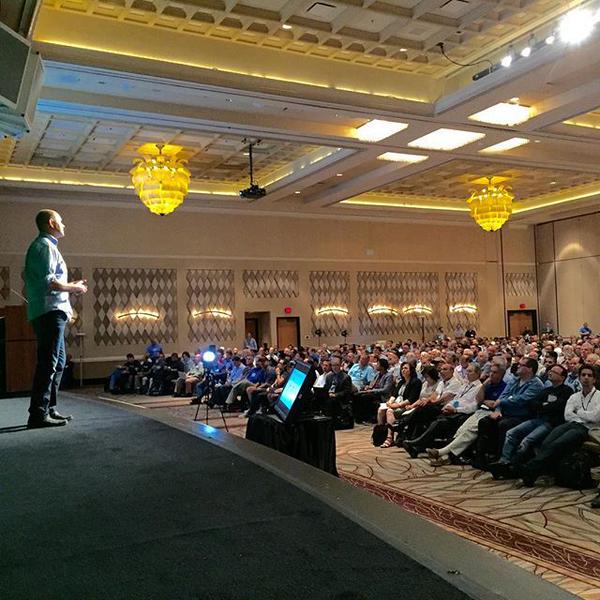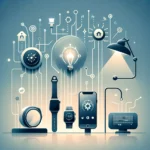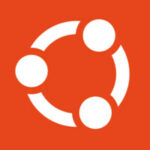
2015 has been a big year for drones. For some, this year marks the year of drones, but for Chris Anderson, CEO of 3D Robotics and founder of DIY Drones, 2016 will be the year the industry’s innovation really takes off.
According to Anderson, who spoke at the grand keynote for InterDrone, the International Drone Conference and Exposition this week in Las Vegas, drones are at the stage that the Internet was years ago. Years ago, you could take the Internet and add it to any traditional industry, and your mind would explode with all the variety of opportunities, he explained. For example, the Internet combined with cars has resulted in Uber. The Internet combined with food has resulted in Yelp or OpenTable. And the Internet combined with phones has resulted in smartphones.
(InterDrone is produced by BZ Media, the publisher of SD Times.)
“We haven’t even scratched the surface,” Anderson said. “Drones plus name your industry…and then suddenly it is like, ‘Oh my God, that is the biggest Big Data opportunities I have ever seen.’ ”
(Related: Amazon’s drones are ready for takeoff in the U.S.)
2015 is, by and large, the year the industry arrived. But now that drones have arrived, it is the people who are getting their hands on this technology that will really drive the movement forward in 2016, according to Anderson.
“Time and time [again], the transformative changes are not the technology; it is who uses the technology,” he said. “[We are] putting powerful tools in the hands of regular people; that is what we are doing with drones.”
According to Anderson, that transformation coming in 2016 is drones not only being their own industry, but also a part of bigger movements such as the Internet of Things, Big Data, Reality Capture, personal storytelling, the video age, personal robotics, and automation.
“We are not a little industry working on its own,” said Anderson. “We are part of a bigger industry [that] starts with smartphones and the Internet.”
Being a part of a bigger industry is also going to push the transformation of the actual definition of drones. As the industry is constantly changing, the definition of drones has been evolving to include the Internet, devices and the cloud. “Anyone not running Linux on board next year will be seen as a toy,” Anderson stated.
This is due to the fact that drones are getting smarter. Anderson explained it isn’t enough for a drone to just provide GPS because a drone can have waypoints and still crash into a tree. “We need the drones to help the users be more safe,” he said. To do this, drones need to be able to include computer vision, sense and avoid/warn technology, artificial intelligence pathfinding, machine learning, environmental awareness, and adaptive fail-safes. To do that, drones need to include Linux and to run the same code on the ground, in the cloud and in the air, according to Anderson.
“This is the future of drones,” he said. “They are cloud-connected devices that allow you to distribute the computational load to wherever is appropriate.”
2015, he repeated, is only the beginning.





